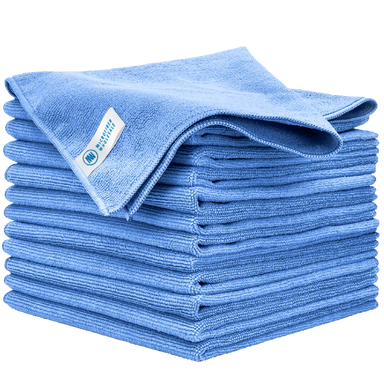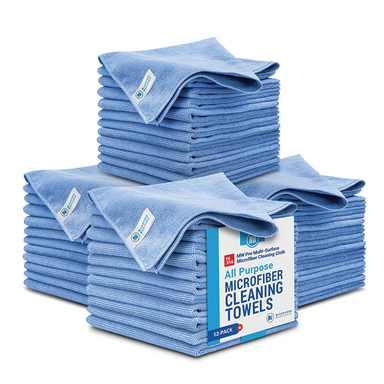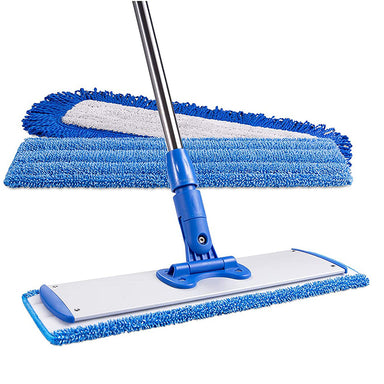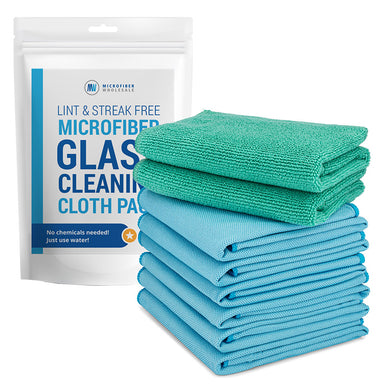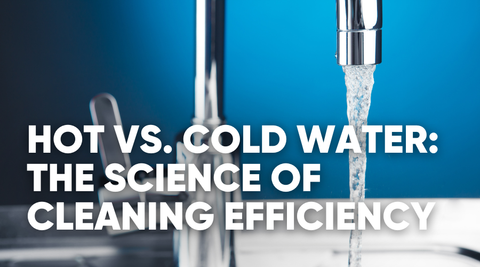Let’s say the quiet part out loud! It’s hard to admit when you’re wrong, especially with something you think you should know. Everyone likes to see themselves as reasonably smart, and it’s embarrassing admitting you’ve flubbed up something that feels like it should be common knowledge.
The problem with this is that vanity can keep you from reaching out for help when you actually need it and from finding out that the thing you’re struggling with is something most people don’t know either!
Prime Example #1 is Bathroom Cleaning! Almost every person on the planet uses a bathroom several times a day, so knowing how to clean one properly feels like it should become knowledge, right?! Wrong!
The truth is that most high schools stopped offering Home Economics decades ago, and even when they did, cleaning was never taught in detail. As a result, people have received little to no formal cleaning education, especially in cleaning chemistry.
Most people’s main teachers about cleaning, their parents, got no real schooling on the topic either. So, for the most part, it’s the blind leading the blind out there, which has led to a bunch of misconceptions, myths, and downright mistakes.
These six incredibly common mistakes cost thousands of dollars in damage and painful injuries all across the country every year, so let’s set the record straight and end the confusion once and for all!











